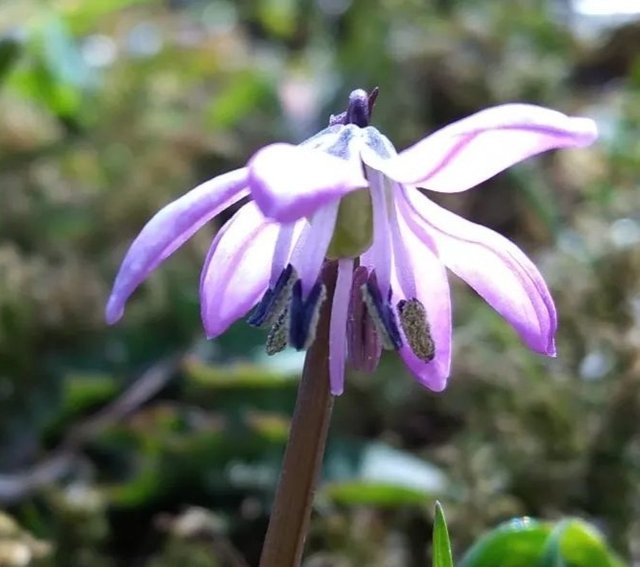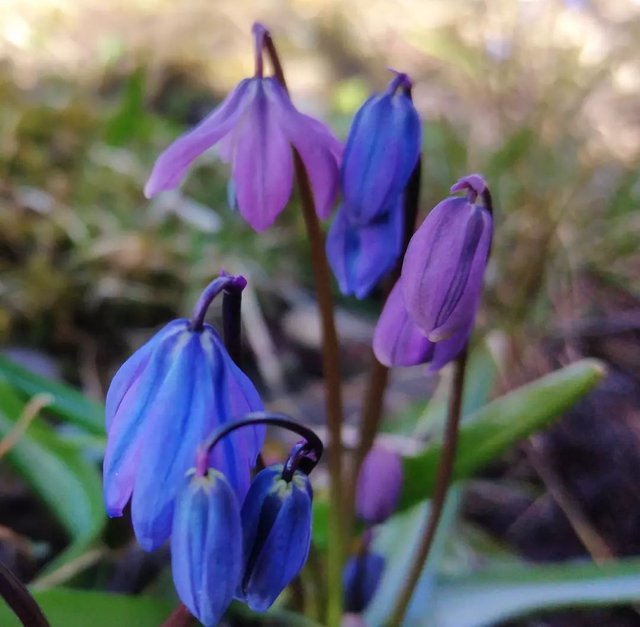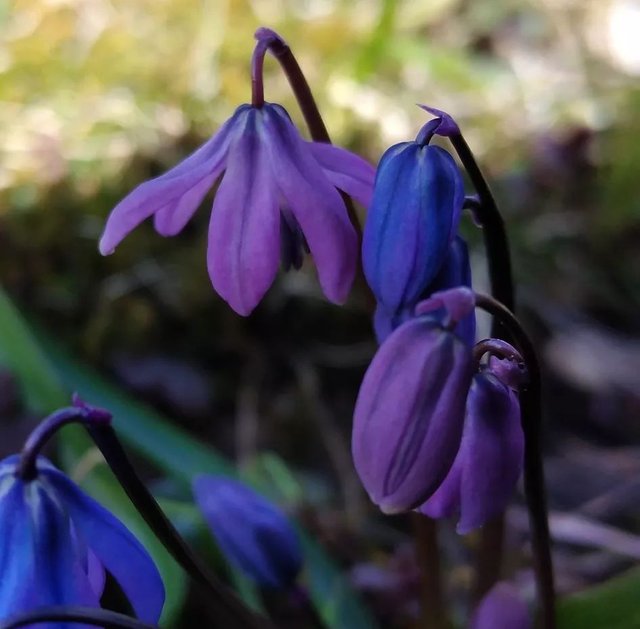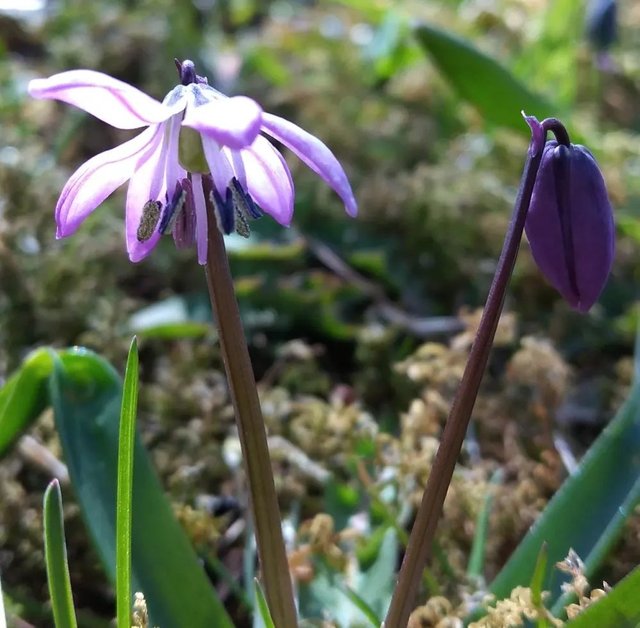Siberian Squill: A Delicate Beauty in the Spring Landscape




Siberian Squill,is a charming and resilient flower that graces landscapes with its vibrant blue blossoms during the early spring months. Native to the woodlands and meadows of Siberia, this perennial bulbous plant has found its way into gardens and naturalized areas across the globe, adding a touch of elegance to the awakening spring scenery.The Siberian Squill is a petite plant, typically reaching a height of 6 to 8 inches. Its slender stems bear clusters of bell-shaped flowers with six delicate petals, creating a striking contrast against the backdrop of emerging greenery. The blossoms are predominantly blue, though variations in shade from pale to deep azure are not uncommon. The plant's grass-like foliage is narrow and arching, providing an appealing texture to the overall display.
Beyond its aesthetic appeal, Siberian Squill carries cultural significance in various regions. In some traditions, it symbolizes the arrival of spring and the renewal of life. Gardeners often appreciate its ability to naturalize, forming carpets of blue blooms that spread effortlessly over time. The low maintenance requirements of Siberian Squill make it a favorite among those seeking a burst of color without intensive care.
Siberian Squill is relatively easy to cultivate, thriving in well-drained soil and partial shade. It prefers areas with moderate moisture during its growing season but can withstand periods of drought. The bulbs are typically planted in the fall, allowing them to establish roots before the onset of winter. Once established, Siberian Squill is known for its ability to self-seed, creating enchanting displays that multiply each year.
This resilient flower complements various spring-blooming plants, such as daffodils and tulips. The combination of these flowers creates a diverse and visually captivating tapestry in gardens. Siberian Squill is also adept at naturalizing in woodland settings, where its vibrant blue hues contrast beautifully with the emerging foliage of deciduous trees.
While Siberian Squill is not considered invasive, it is essential to strike a balance between its cultivation and the preservation of native ecosystems. Responsible planting practices and monitoring can help prevent unintentional disruption to local flora and fauna.In conclusion, the Siberian Squill is a delightful addition to any spring garden, offering a burst of color and a sense of renewal. Its adaptability, coupled with its cultural significance and ease of cultivation, makes it a beloved choice for both novice and experienced gardeners alike. As the winter frost gives way to warmer days, the sight of Siberian Squill in full bloom serves as a testament to the beauty and resilience of nature's cyclical dance.
Gracias
